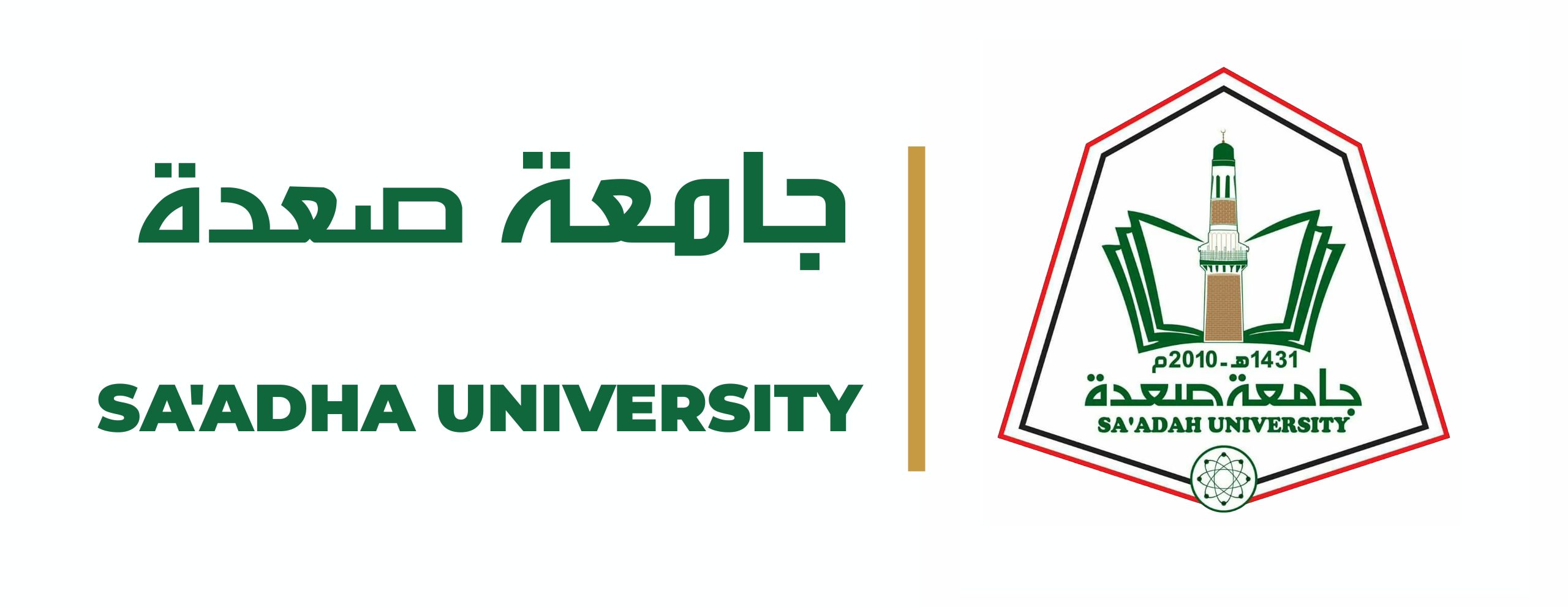تسجيل الدخول / تسجيل
تسجيل الدخول
استعادة كلمة المرور الخاصة بك.
كلمة المرور سترسل إليك بالبريد الإلكتروني.

